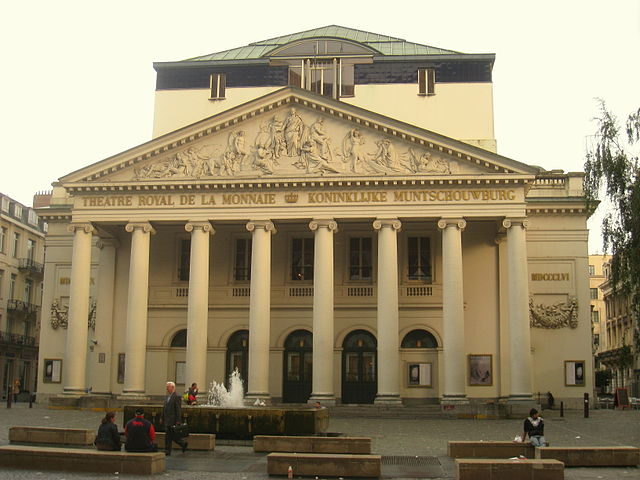 In December there was the controversial announcement that the Théâtre Royal de la Monnaie, the most important opera house in Belgium and a source of some of Europe’s most cutting-edge productions, may stop all dance programming after a forthcoming production by iconic Belgian choreographer Anne Teresa De Keersmaeker.
In December there was the controversial announcement that the Théâtre Royal de la Monnaie, the most important opera house in Belgium and a source of some of Europe’s most cutting-edge productions, may stop all dance programming after a forthcoming production by iconic Belgian choreographer Anne Teresa De Keersmaeker.
Choreographers reacted strongly to this, the reason given that the cut is a result of the steep reduction in funding to the Brussels opera house since 2009, with further cuts announced in mid-October by the newly formed Belgian coalition government.
Senior management at the venue has not expressed a wish to stop producing dance, however the combination of less money and the need to further reduce personnel make prolonging dance difficult. Fewer technical staff will mean each production takes more time to prepare and will have to run for longer to recoup the costs. The venue has no resident dance company and now can no longer offer money to invest, and time on stage.
The potential break with dance is a huge blow to the theatre which has had exceptionally strong links to dance since 1960 with Maurice Béjart’s Ballet of the Twentieth Century. In 1988 American choreographer Mark Morris made a home for his company at the theatre and De Keersmaeker and her company, Rosas, followed in 1992, establishing an international reputation at La Monnaie. Dance has regularly been programmed and supported, including other Belgian and international choreographers such as Sidi Larbi Cherkaoui and Sasha Waltz.
Belgian choreographers in particular have expressed pessimism about dance’s future in Brussels, and whether their work can be continued there. Any current audiences in Belgium will be lost to other art forms and new ones must be established elsewhere.
Image courtesy of Wikimedia Commons.
